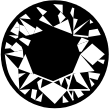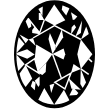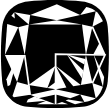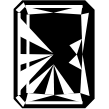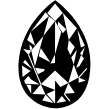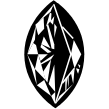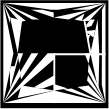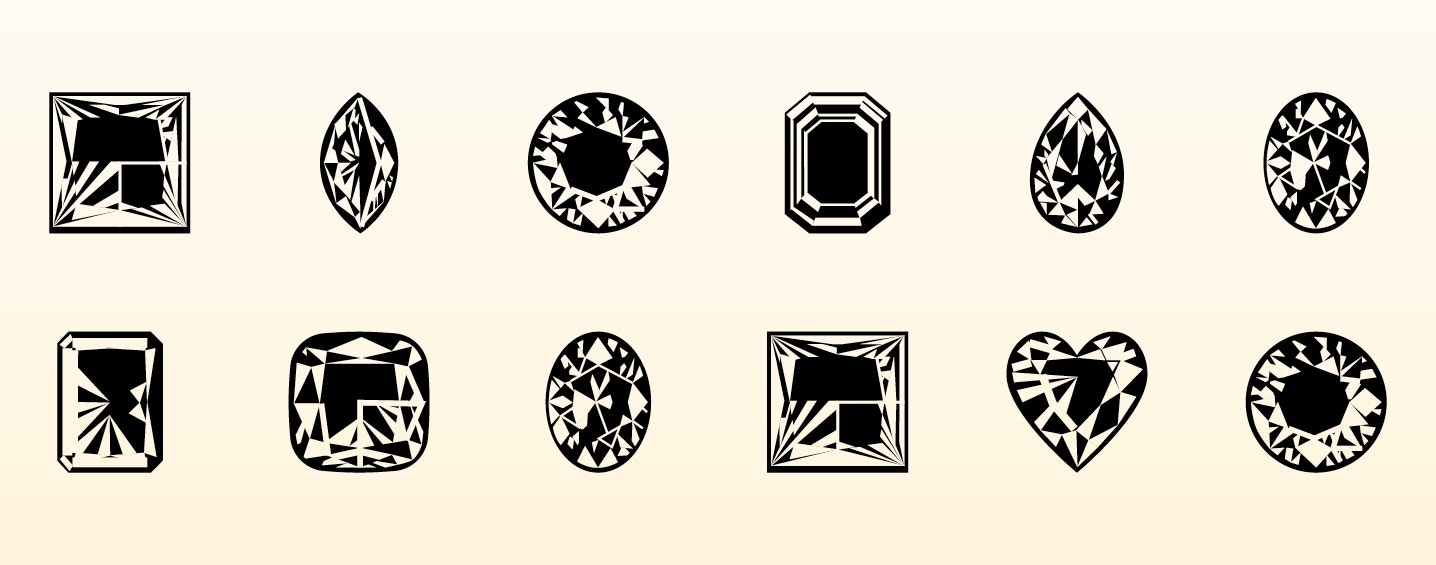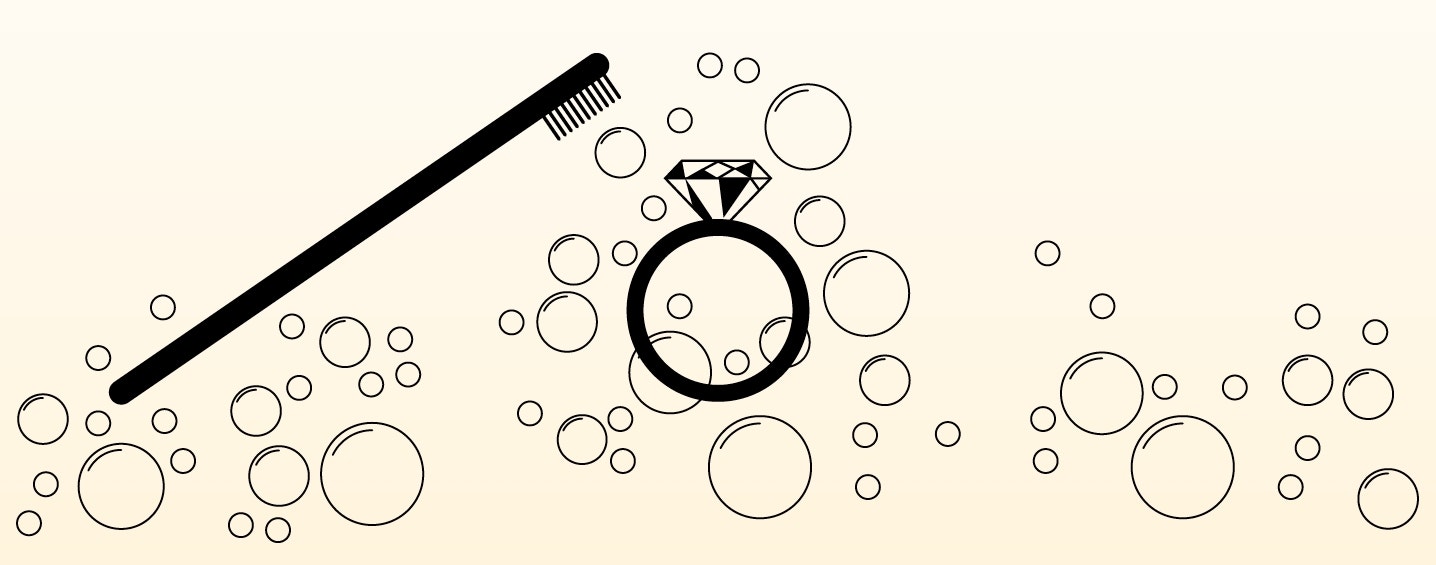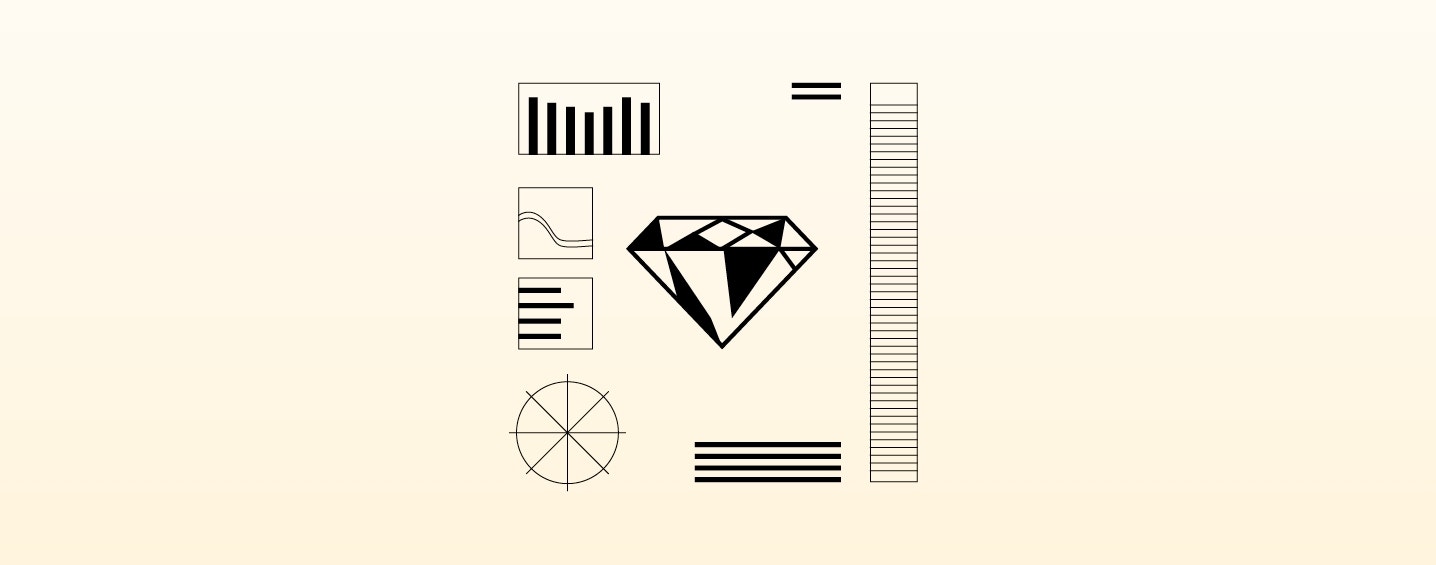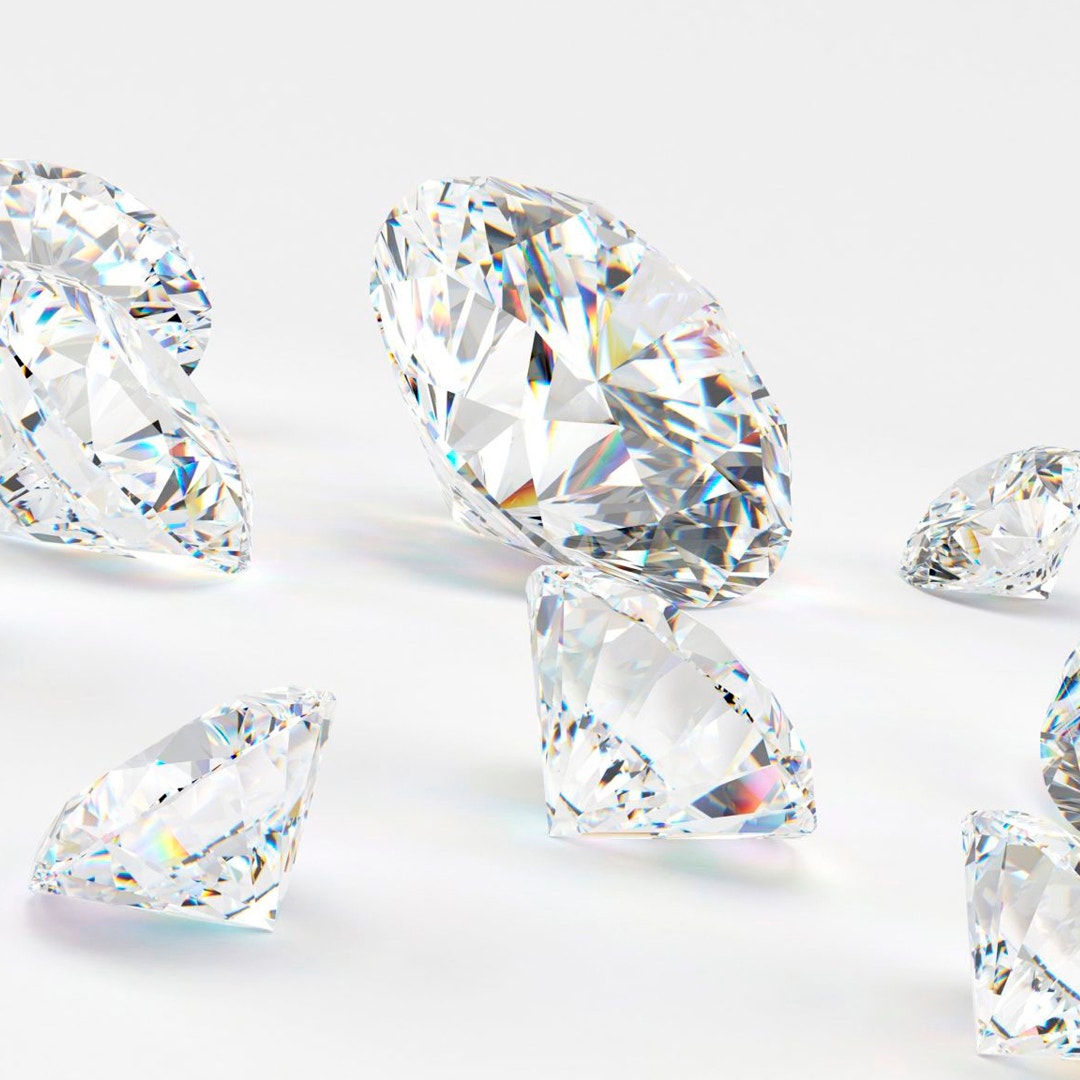

EARTH-MINED VS. LAB-CREATED
DIAMONDS
Earth-mined and lab-created diamonds are virtually identical in structure and appearance to the naked eye. The only difference lies in how they are formed. To distinguish between them, specialized equipment is required.
SHOP YOUR FAVORITE SHAPE
FIND THE PERFECT RING
FIND THE PERFECT DIAMOND
DIAMOND FAQS
To ensure we have a Diamond and Jewelry Expert available to meet with you and assist you in the best possible manner, we recommend that you book an appointment.
Our NY Showroom is located in Midtown, at 875 Third Ave Ste. L 107, New York, NY 10022. You will find us between 52nd and 53rd Street, in the building’s lobby, right behind Starbucks.
Both 52nd and 53rd streets have street parking available, and parking garages can be found nearby on 51st Street between Third Avenue and Lexington, or on 53rd Street between Second and Third Avenue.
Most of our rings are made-to-order and the estimated delivery time is stating on each product detail page. However, we do offer some alternatives if you need your ring sooner, and we also carry some finished engagement and wedding rings in stock. We suggest that you contact our NY Showroom prior to your appointment, so we can plan accordingly.
Our showroom is designed to accommodate four people per appointment. We are also (well-behaved) pet friendly.
Yes. We are right by the 53rd and Lexington subway station, servicing the E, M and 6 lines.
We have samples of most of our advertised styles, in size 6 or 7 for women, and size 10 for men. If we do not have a certain style or a specific metal/size combination in stock, our Diamond and Jewelry Experts will be able to share with you a realistic computer rendering of that particular ring style. Additionally, if you have a specific ring style in mind, feel free to share a photo or video representation of it with us, in advance or during your appointment.
A diamond is a precious gemstone formed from carbon atoms that have been subjected to intense heat and pressure, deep within the Earth's mantle. It is known for its hardness, durability, and brilliance, characteristics which made diamond one of the most coveted precious gemstones on Earth.
Diamonds are made up of carbon particles that were subjected to intense heat and high pressure deep under the earth’s surface and, over millions and often billions of years, crystallized to form diamonds. Lab-created diamonds are grown in highly controlled laboratory environments using advanced technological processes that duplicate the conditions under which diamonds naturally develop when they form in the mantle, beneath the Earth’s crust. Naturally mined diamonds and lab created diamonds are identical in composition and look.
Earth-mined diamonds can be found in several locations around the world but mostly in Africa, Canada, Russia and Australia. Most diamonds are, however found in Africa, with Botswana being the largest diamond producer on the continent. Lab-created diamonds can be found in highly controlled laboratory environments, in many places in the world, including North America, Europe and Asia.
The best way to identify if a diamond is real, is by checking for any imperfections or inclusions within the diamond. All diamonds, whether they are formed in nature or in a controlled environment, will most likely have some internal flaws. You can find these imperfections by using a jeweler’s loupe or a 10x magnifying glass. If you do not have a loupe or a magnifying glass, you can also perform the "fog test" by breathing on the gemstone, as diamonds disperse heat quickly and will not fog up for more than a few short seconds. If your diamond is mounted, it’s always better to bring it to a jeweler who will be able to examine it with more sophisticated testing tools.
The size of a 1 carat diamond round brilliant diamond can vary depending on its cut, but the general guideline, is about 6.5 mm in diameter. The size of a diamond is measured in carats, with one carat equaling 0.2 grams.
To the naked eye, there is no difference between a mined and lab-grown diamond.They are both real diamonds and according to the experts, there is no way for the average person to differentiate a naturally formed diamond from a lab-created diamond. The only way to identify the lab-created diamonds is by using very sophisticated testing devices. They’re also identical when it comes to hardness, both scoring a 10 (the highest value) on the Mohs scale, which is used to define hardness of materials. The only significant difference between lab-created and earth-mined diamonds is the price. Learn more in our diamond education pages.
While lab-created diamonds do possess the same physical and chemical properties of an earth-mined diamond, the reason for the financial variation, is based on the rareness and history of a mined diamond. Materials that come from the earth, like mined diamonds or other precious gemstones are artifacts of our planetary history, and those cannot be replicated in a lab. Additionally, the long-standing cultural and historical significance of mined diamonds, combined with the heavy marketing campaigns, emphasize their uniqueness, thus making them a symbol of luxury, rareness and love.
A simulated diamond is a diamond alternative made of other materials like cubic zirconia, moissanite, or glass. They are designed to mimic the look of diamonds, but they lack the unique properties of a diamond, and are not made from the same material. Simulated diamonds are often less expensive than real diamonds. Lab-created diamonds are not simulated diamonds. Learn more in our diamond education pages.
Diamond is not the hardest material on Earth. While praised to be one of the hardest substances on Earth, there are few materials that are even harder. Examples of these materials include wurtzite boron nitride, lonsdaleite, and the ultrahard fullerite. However, these materials are not commonly found in nature, and very difficult to replicate in a lab, leaving the podium of the hardest substance somewhat readily available in the market, to the beautiful diamond.
A diamond is a precious gemstone formed from carbon atoms that have been subjected to intense heat and pressure, deep within the Earth's mantle. It is known for its hardness, durability, and brilliance, characteristics which made diamond one of the most coveted precious gemstones on Earth.
Diamonds are made up of carbon particles that were subjected to intense heat and high pressure deep under the earth’s surface and, over millions and often billions of years, crystallized to form diamonds. Lab-created diamonds are grown in highly controlled laboratory environments using advanced technological processes that duplicate the conditions under which diamonds naturally develop when they form in the mantle, beneath the Earth’s crust. Naturally mined diamonds and lab created diamonds are identical in composition and look.
Earth-mined diamonds can be found in several locations around the world but mostly in Africa, Canada, Russia and Australia. Most diamonds are, however found in Africa, with Botswana being the largest diamond producer on the continent. Lab-created diamonds can be found in highly controlled laboratory environments, in many places in the world, including North America, Europe and Asia.
The best way to identify if a diamond is real, is by checking for any imperfections or inclusions within the diamond. All diamonds, whether they are formed in nature or in a controlled environment, will most likely have some internal flaws. You can find these imperfections by using a jeweler’s loupe or a 10x magnifying glass. If you do not have a loupe or a magnifying glass, you can also perform the "fog test" by breathing on the gemstone, as diamonds disperse heat quickly and will not fog up for more than a few short seconds. If your diamond is mounted, it’s always better to bring it to a jeweler who will be able to examine it with more sophisticated testing tools.
The size of a 1 carat diamond round brilliant diamond can vary depending on its cut, but the general guideline, is about 6.5 mm in diameter. The size of a diamond is measured in carats, with one carat equaling 0.2 grams.
To the naked eye, there is no difference between a mined and lab-grown diamond.They are both real diamonds and according to the experts, there is no way for the average person to differentiate a naturally formed diamond from a lab-created diamond. The only way to identify the lab-created diamonds is by using very sophisticated testing devices. They’re also identical when it comes to hardness, both scoring a 10 (the highest value) on the Mohs scale, which is used to define hardness of materials. The only significant difference between lab-created and earth-mined diamonds is the price. Learn more in our diamond education pages.
While lab-created diamonds do possess the same physical and chemical properties of an earth-mined diamond, the reason for the financial variation, is based on the rareness and history of a mined diamond. Materials that come from the earth, like mined diamonds or other precious gemstones are artifacts of our planetary history, and those cannot be replicated in a lab. Additionally, the long-standing cultural and historical significance of mined diamonds, combined with the heavy marketing campaigns, emphasize their uniqueness, thus making them a symbol of luxury, rareness and love.
A simulated diamond is a diamond alternative made of other materials like cubic zirconia, moissanite, or glass. They are designed to mimic the look of diamonds, but they lack the unique properties of a diamond, and are not made from the same material. Simulated diamonds are often less expensive than real diamonds. Lab-created diamonds are not simulated diamonds. Learn more in our diamond education pages.
Diamond is not the hardest material on Earth. While praised to be one of the hardest substances on Earth, there are few materials that are even harder. Examples of these materials include wurtzite boron nitride, lonsdaleite, and the ultrahard fullerite. However, these materials are not commonly found in nature, and very difficult to replicate in a lab, leaving the podium of the hardest substance somewhat readily available in the market, to the beautiful diamond.
OTHER QUESTIONS?
We are here 24/7 to respond to any questions you may have. For quick answers to your questions, please visit our Frequently Asked Questions.
Call: 646-921-9332
Email: info@razandcompany.com

